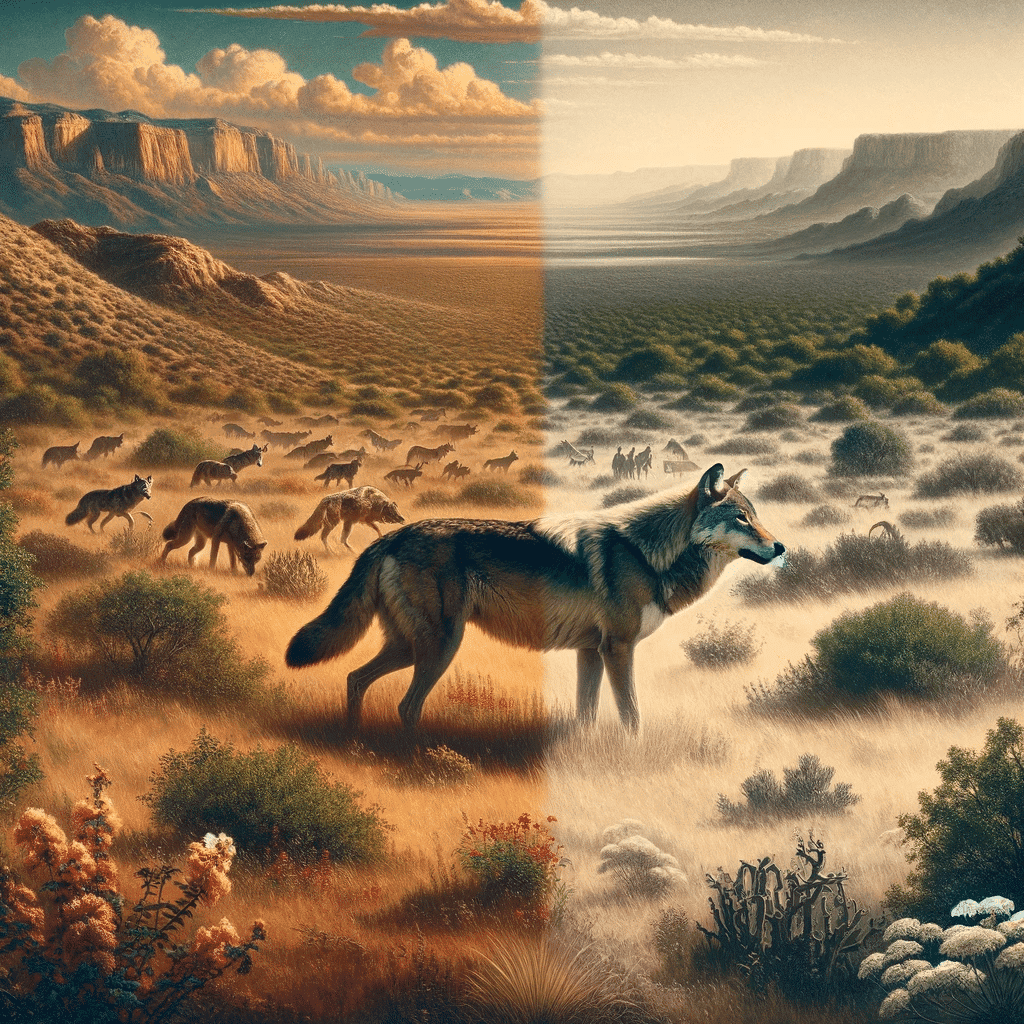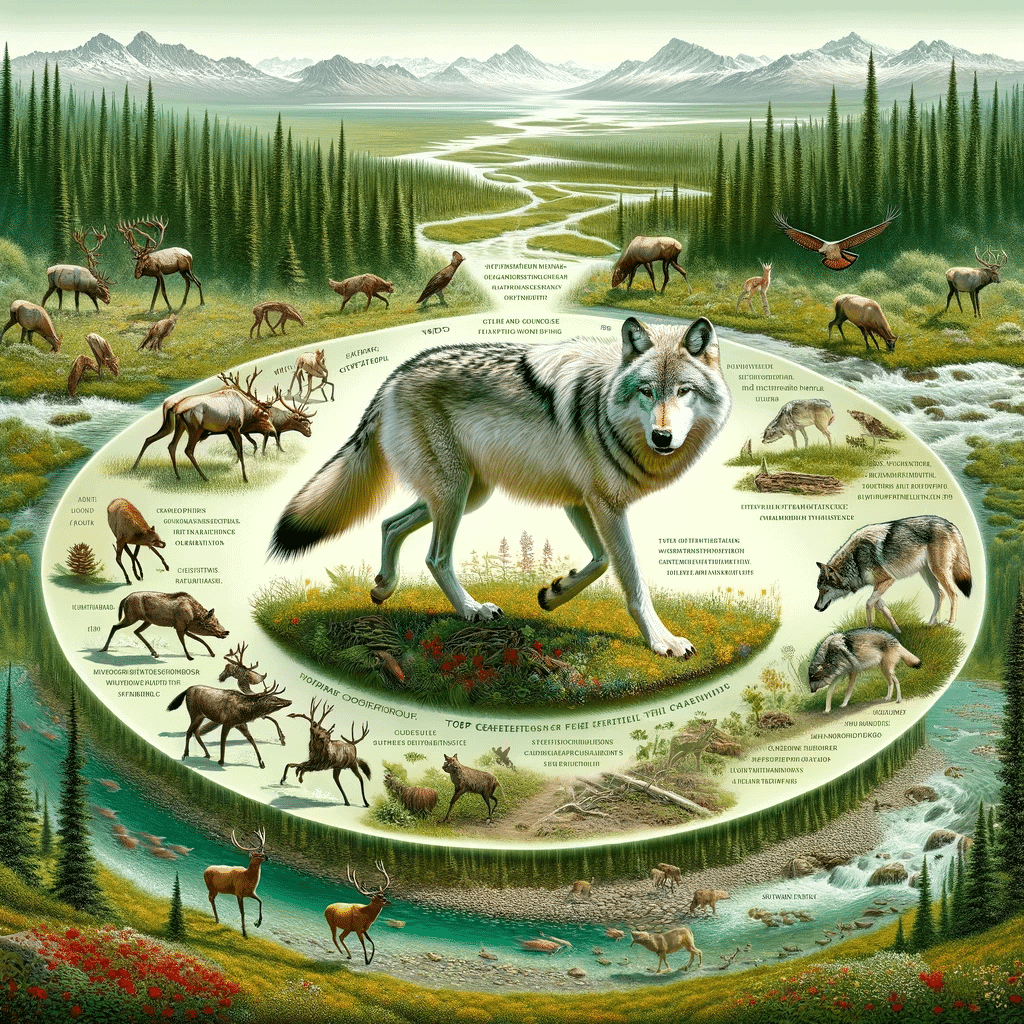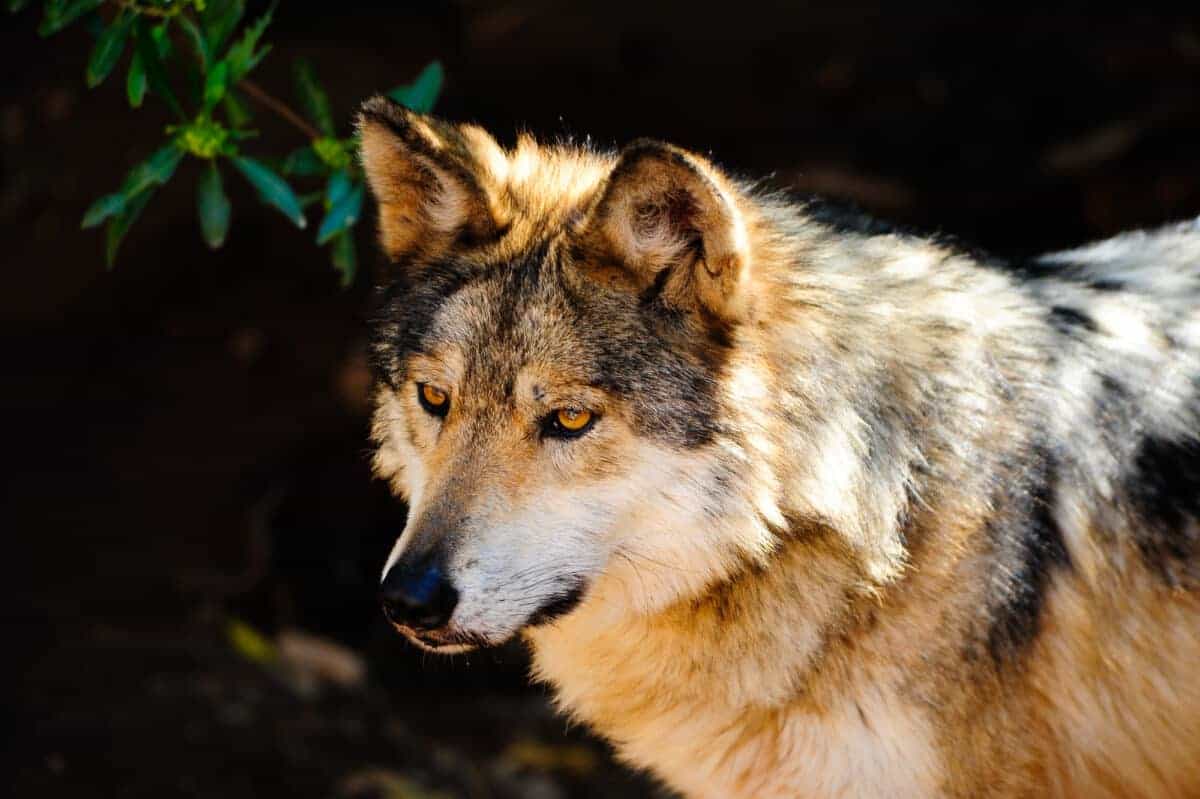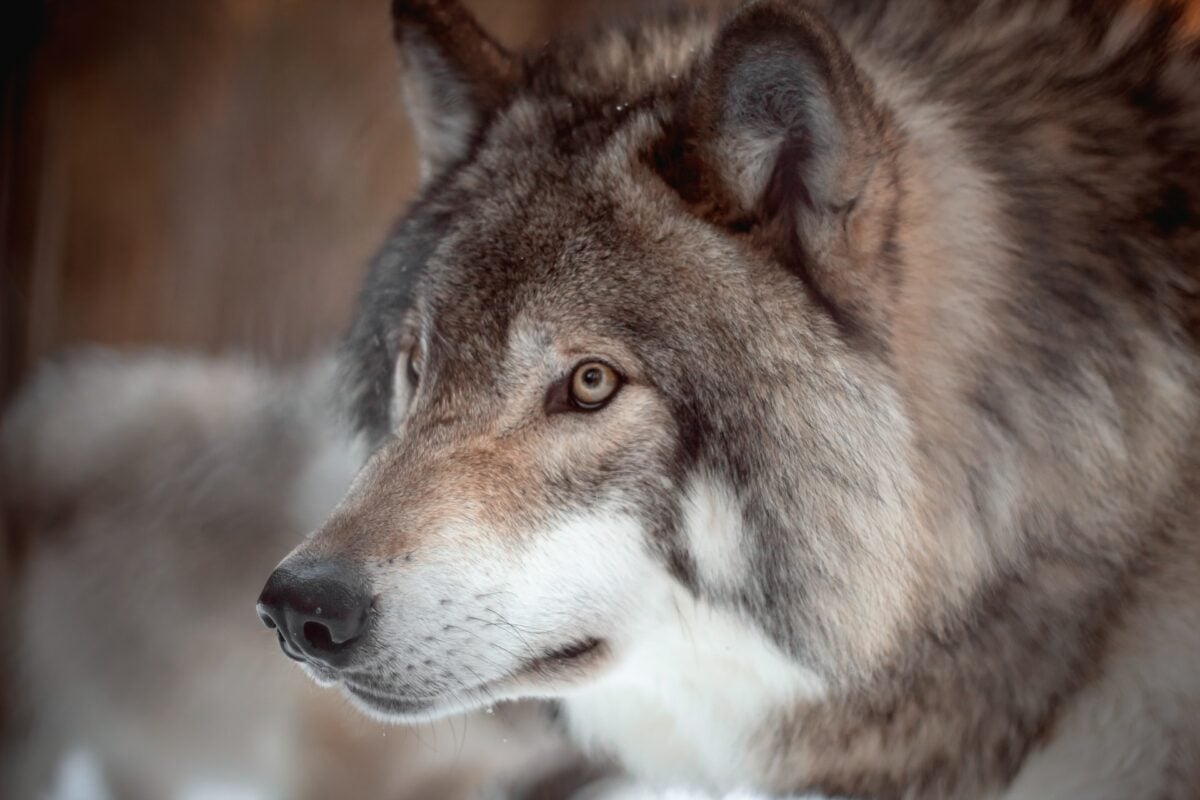Introduction to the Mexican Gray Wolf
The Mexican Gray Wolf, also known as “El Lobo,” is a distinct subspecies of the gray wolf, native to North America. Smaller than its northern counterparts, this predator has a unique history and a controversial presence, particularly in Arizona.
Historical Background

Historically, Mexican Gray Wolves roamed vast territories across the southwestern United States and Mexico. However, by the mid-20th century, their numbers had drastically declined due to habitat loss and extensive hunting. Recognized as an endangered species, efforts to conserve and reintroduce them into their native habitats began in the late 20th century, with mixed public reception.
Reintroduction Efforts

The reintroduction of the Mexican Gray Wolf into Arizona, which began in the late 1990s, was part of a binational effort between the United States and Mexico. This program aimed to establish a sustainable population in the wild, an initiative supported by various wildlife conservation groups but met with resistance from local communities and ranchers.
Ecological Importance

Image created by Nina Howell using DALL-E
Challenges and Controversies

The presence of Mexican Gray Wolves in Arizona has sparked significant controversy. Ranchers express concerns about livestock predation, leading to financial losses. Meanwhile, conservationists argue for the wolves’ ecological necessity and their right to exist in their natural habitat. This dichotomy presents a complex conservation challenge, balancing economic interests with ecological integrity.
Conservation Strategies

To mitigate conflicts, several strategies have been implemented. These include compensating ranchers for livestock losses, employing non-lethal deterrents to prevent wolf-livestock encounters, and educating the public about wolves and coexistence strategies. Despite these efforts, tensions between different interest groups persist.
Current Status and Future Outlook
As of now, the Mexican Gray Wolf remains a symbol of both conservation success and ongoing challenges. While their numbers have seen a gradual increase, they are still far from what is considered a stable and genetically diverse population. The future of the Mexican Gray Wolf in Arizona hinges on continued conservation efforts, research, and fostering a coexistence model that benefits both the wolves and the human communities they impact.
Conclusion
The Mexican Gray Wolf in Arizona represents a complex intersection of conservation, ecology, and human-wildlife conflict. Its story is a testament to the challenges faced in modern wildlife management and the importance of finding a balance that respects both the needs of wildlife and the concerns of human communities.
Up next:
Discovery of Endangered Gray Wolf Pack in Sierra Nevada California
Largest Grey Wolf Ever Recorded
- Discover: Top 12 American Animals and Wildlife - April 15, 2024
- 10 Animals That Hibernate Through the US Winter - April 12, 2024
- Watch: The Kleptomaniac Cat of Houston - April 2, 2024

